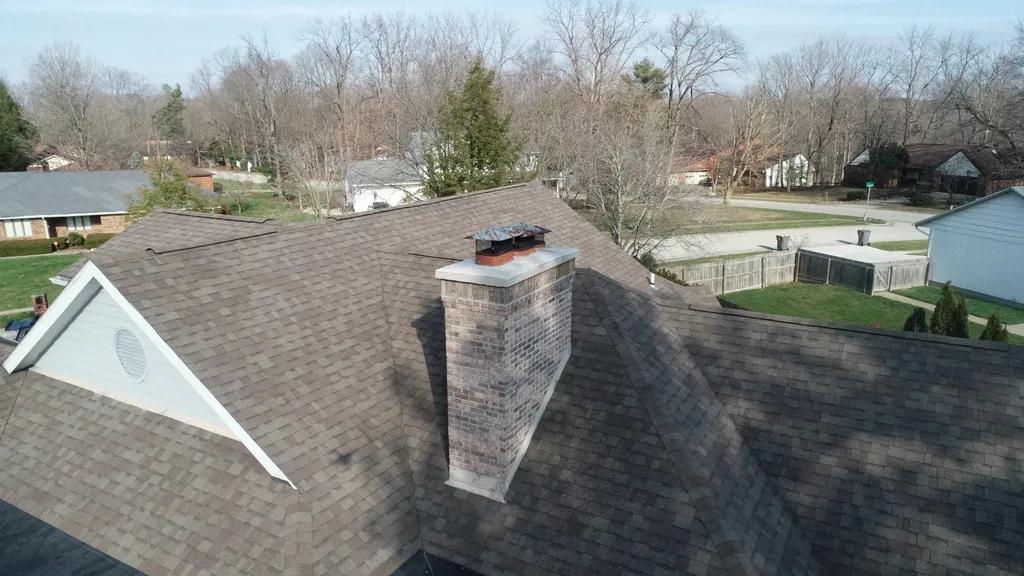Vertical cracks in brick houses can be a concerning issue for homeowners. These cracks can indicate underlying structural problems that need to be addressed promptly to prevent further damage. In this article, we will delve into the common causes of vertical cracks in brick houses and provide expert guidance on how to effectively repair and prevent them. Understanding the factors contributing to these cracks is crucial in preserving the integrity of your home and ensuring its long-term stability.
Table of Contents
- Identifying the Causes of Vertical Cracks in Brick Houses
- Professional Assessment and Repair Techniques for Vertical Cracks
- Preventive Measures to Avoid Vertical Cracks in Brick Houses
- Q&A
- Closing Remarks

Identifying the Causes of Vertical Cracks in Brick Houses
Vertical cracks in brick houses can be a common issue that homeowners face, but understanding the causes behind these cracks is essential in order to properly repair and prevent further damage. One of the main reasons for vertical cracks in brick houses is the settlement of the foundation. When the soil beneath the foundation shifts or settles, it can put pressure on the bricks, causing them to crack vertically.
Another common cause of vertical cracks in brick houses is thermal expansion and contraction. Changes in temperature can cause the bricks to expand and contract, leading to cracks over time. Additionally, poor construction practices, such as using inadequate materials or improper brick laying techniques, can also result in vertical cracks. It is important to address these issues promptly to avoid further damage to the structure of the house.

Professional Assessment and Repair Techniques for Vertical Cracks
Vertical cracks in brick houses can be a common issue that homeowners face. These cracks can be caused by various factors such as settling of the foundation, thermal expansion and contraction, or water infiltration. It is important to properly assess and repair these cracks to prevent further damage to the structure of the house.
Professional assessment of vertical cracks in brick houses involves identifying the cause of the crack and determining the extent of the damage. This may involve conducting a thorough inspection of the foundation, walls, and surrounding areas. Once the assessment is complete, repair techniques such as **tuckpointing** and **repointing** can be used to fix the cracks and restore the structural integrity of the house. It is essential to hire a qualified professional to handle the repair work to ensure that it is done correctly and effectively.

Preventive Measures to Avoid Vertical Cracks in Brick Houses
Vertical cracks in brick houses are a common issue that can be caused by various factors such as foundation settlement, thermal expansion and contraction, or improper construction techniques. Understanding the underlying causes of these cracks is essential in order to effectively prevent and repair them. By taking preventive measures, homeowners can minimize the risk of vertical cracks forming in their brick houses.
One preventive measure to avoid vertical cracks in brick houses is to ensure proper drainage around the foundation. Poor drainage can lead to soil expansion and contraction, putting pressure on the foundation and causing cracks to form in the brick walls. Installing gutters, downspouts, and proper grading around the perimeter of the house can help redirect water away from the foundation, reducing the risk of cracks. Additionally, regular inspection and maintenance of the foundation can help identify any potential issues early on and prevent them from causing extensive damage.
Q&A
Q: What are some common causes of vertical cracks in brick houses?
A: Vertical cracks in brick houses can be caused by factors such as settling or shifting of the foundation, moisture infiltration, or thermal expansion and contraction.
Q: How can I identify if a vertical crack in my brick house is a cause for concern?
A: It is important to monitor the size and progression of the crack. Vertical cracks wider than 1/4 inch, or those that are growing wider or longer, may indicate a more serious structural issue.
Q: What steps should I take to repair vertical cracks in brick houses?
A: The repair process for vertical cracks in brick houses typically involves cleaning out the crack, applying a suitable filler or sealant, and possibly reinforcing the area with additional materials or methods.
Q: Should I attempt to repair vertical cracks in my brick house myself, or should I hire a professional?
A: While minor cracks may be able to be repaired by a confident DIYer, it is recommended to consult with a professional contractor or structural engineer for larger or more concerning cracks to ensure proper repair and maintenance of the structural integrity of the house.
Q: What preventative measures can I take to avoid vertical cracks in my brick house in the future?
A: Regular maintenance, such as checking for and addressing any signs of water damage or foundation issues, can help prevent vertical cracks in brick houses. Ensuring proper drainage around the foundation and monitoring for any signs of settlement can also help mitigate potential issues.
Closing Remarks
In conclusion, understanding and repairing vertical cracks in brick houses is crucial in maintaining the structural integrity and aesthetics of your property. By identifying the cause of the cracks and following the appropriate repair methods, you can ensure the longevity and stability of your home. It is important to consult with a professional if you are unsure about the severity or complexity of the issue. Remember, early detection and timely repairs are key in preventing costly damages in the future. Thank you for reading and we hope this article has been informative and helpful in addressing any concerns you may have regarding vertical cracks in brick houses.


